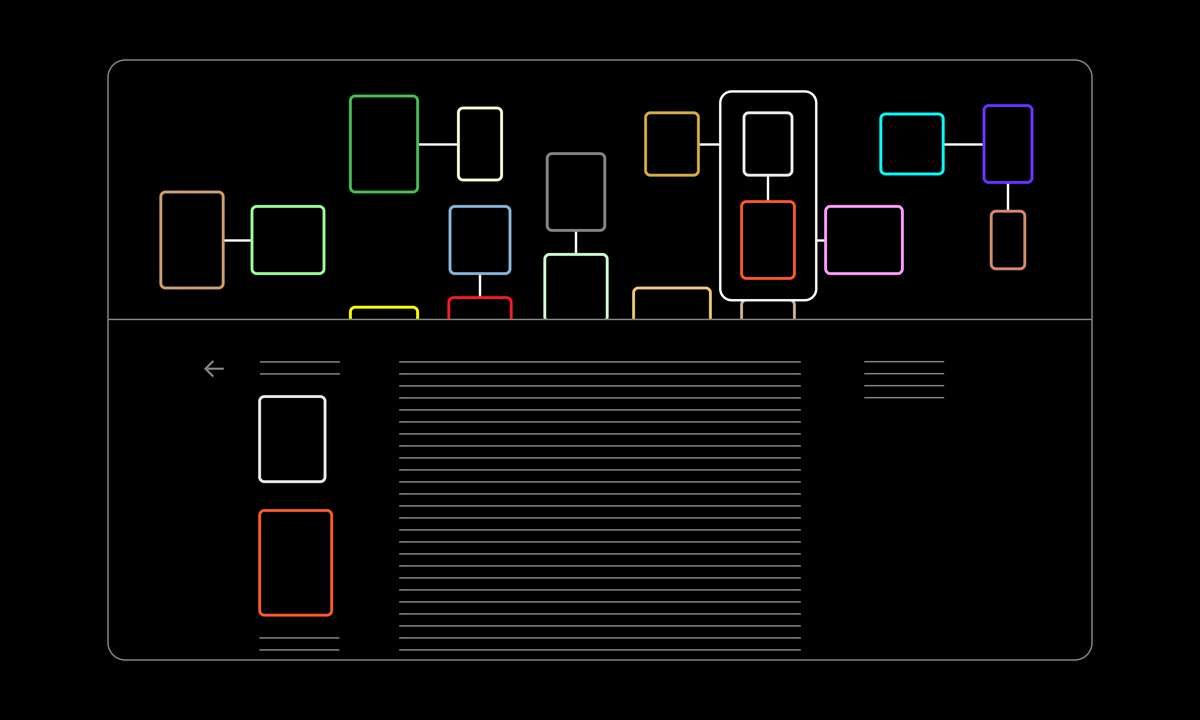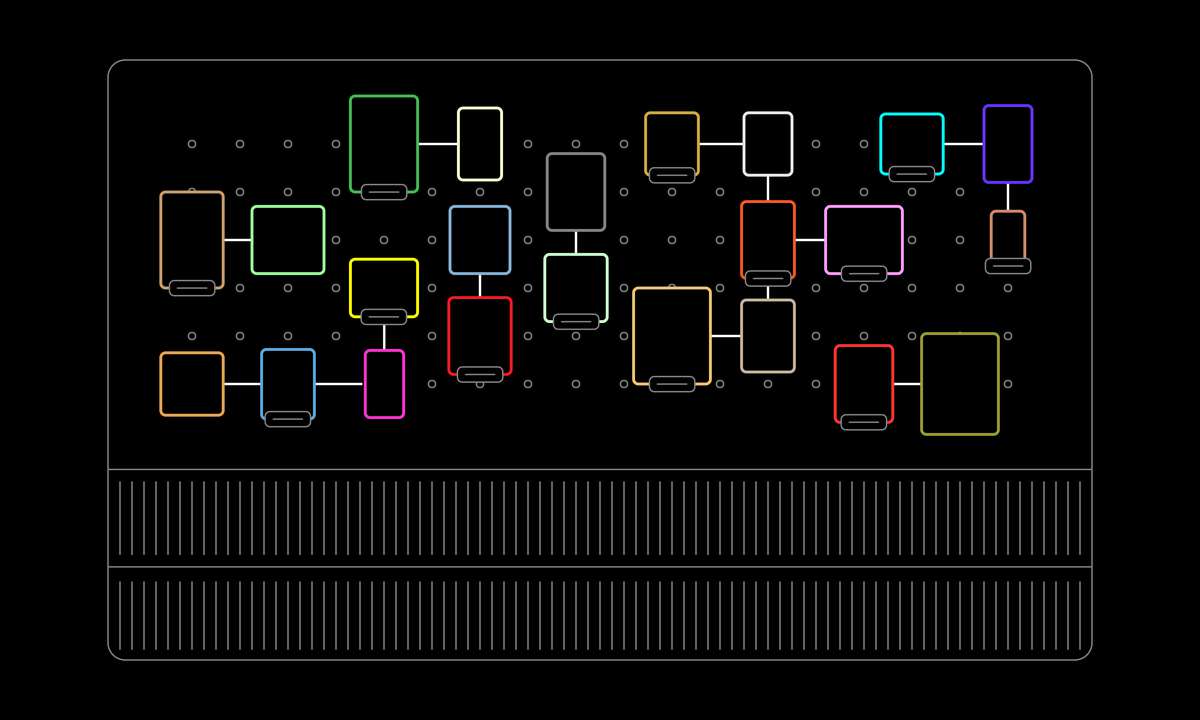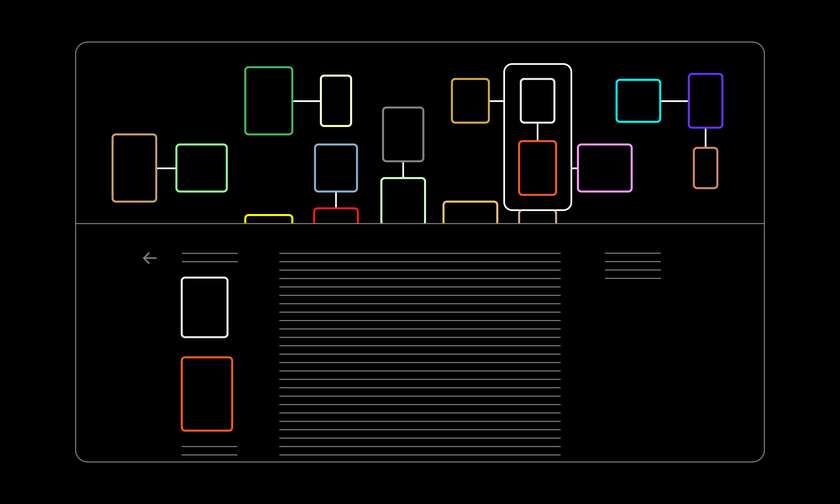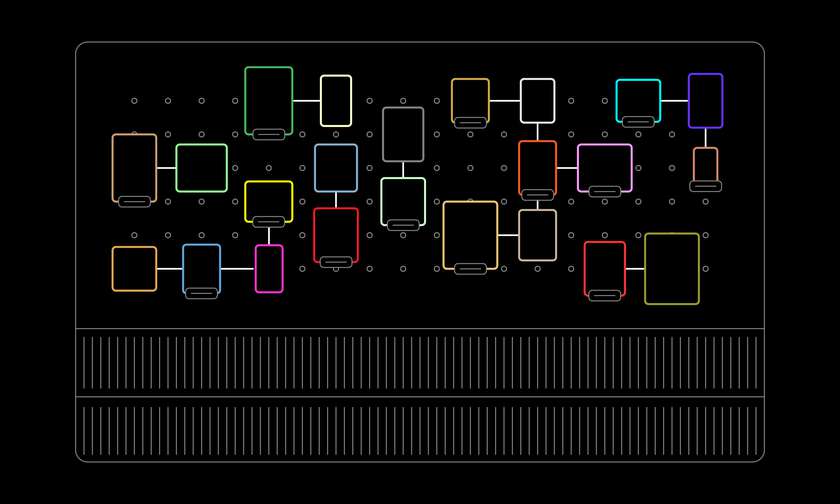Idea by
Korn Seang Edouard Song
Call for ideas 2021
The Library of Parallels
The Library of Parallels

- Systemic changes
The Library of Parallels is a library organised around relationships, where books are arranged according to the reading connections of its readers.
Built through sets of book pairings submitted by readers, from their personal memories or interpretations, the library exposes different ways of reading, placing frequently-paired books next to each other, free from the arbitrary classification. Every shelf becomes a source of inspiration, a collection of discoveries, transforming the mechanical fetching of a book into a cultural activity.
No longer satisfying a pure technical purpose, as the search, storage or conservation of books, the library becomes a place to wander and foster curiosity, a place that cultivates a living ecosystem of views, a space that works on the human, that has aspirations for the human.

The Library of Parallels in the digital space. An interactive atlas displays the most frequent book pairings from reader submissions, from which one can select a specific book pairing, to read the reviews that associated these two books together.

The Library of Parallels in the physical space, with a pragmatic design. Each section of the library would have their shelves divided into halves: the top half shows the most frequent related pairings, while the bottom half displays books conventionally. Each pairing would include one book from the current section, while the other may belong to a different one. Description labels are also affixed to these foreign books to describe the parallels, with a print of a submitted review.
The Library of Parallels
The Library of Parallels

- Systemic changes
The Library of Parallels is a library organised around relationships, where books are arranged according to the reading connections of its readers.
Built through sets of book pairings submitted by readers, from their personal memories or interpretations, the library exposes different ways of reading, placing frequently-paired books next to each other, free from the arbitrary classification. Every shelf becomes a source of inspiration, a collection of discoveries, transforming the mechanical fetching of a book into a cultural activity.
No longer satisfying a pure technical purpose, as the search, storage or conservation of books, the library becomes a place to wander and foster curiosity, a place that cultivates a living ecosystem of views, a space that works on the human, that has aspirations for the human.

The Library of Parallels in the digital space. An interactive atlas displays the most frequent book pairings from reader submissions, from which one can select a specific book pairing, to read the reviews that associated these two books together.

The Library of Parallels in the physical space, with a pragmatic design. Each section of the library would have their shelves divided into halves: the top half shows the most frequent related pairings, while the bottom half displays books conventionally. Each pairing would include one book from the current section, while the other may belong to a different one. Description labels are also affixed to these foreign books to describe the parallels, with a print of a submitted review.